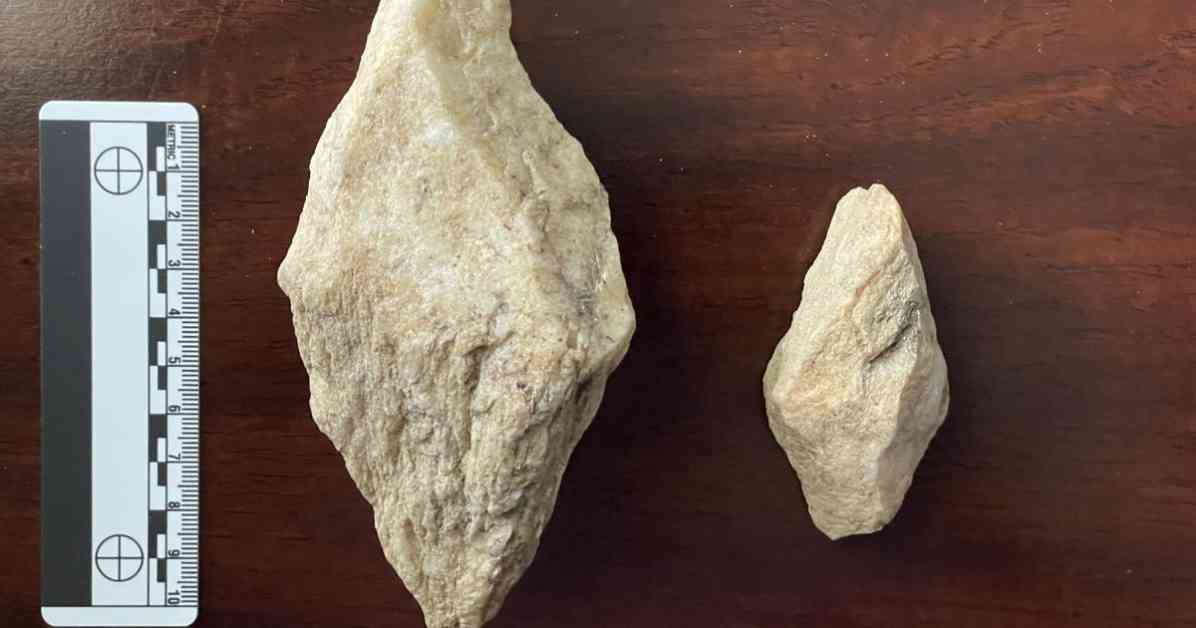An archaeological survey conducted at the Seniard Creek Fire scar south of Asheville, North Carolina, has uncovered two bi-pointed quarry picks made from quartz mylonite. These picks provide valuable insights into the tools and techniques used by Native Americans in the area.
The discovery was made by a team of researchers led by Philip LaPorta, who has been studying Native American sites in the region for several years. The picks are believed to date back hundreds, if not thousands, of years and shed light on the resourcefulness and skill of the indigenous people who once inhabited the area.
The quartz mylonite material used to make the picks is not native to the region, indicating that trade and communication networks existed between different Native American groups. This challenges the commonly held belief that Native American societies were isolated and insular.
The finds also raise questions about the impact of the Seniard Creek Fire on archaeological sites in the area. The fire, which occurred in recent years, may have exposed previously unknown sites and artifacts, making it crucial for researchers to conduct thorough surveys and excavations before these sites are lost to erosion or development.
LaPorta’s team is calling for increased protection and preservation of Native American sites in the region, as well as further research to uncover the full extent of the archaeological record. By studying and understanding these sites, we can gain a better appreciation of the rich history and cultural heritage of the Native American people who called this land home.
The discovery of the bi-pointed quarry picks is a reminder of the importance of preserving and studying Native American sites, not just for the sake of academic research, but also to honor and respect the legacy of the indigenous people who have shaped the land for thousands of years. It is a call to action for us to recognize the value of these sites and ensure that they are protected for future generations to learn from and appreciate.




